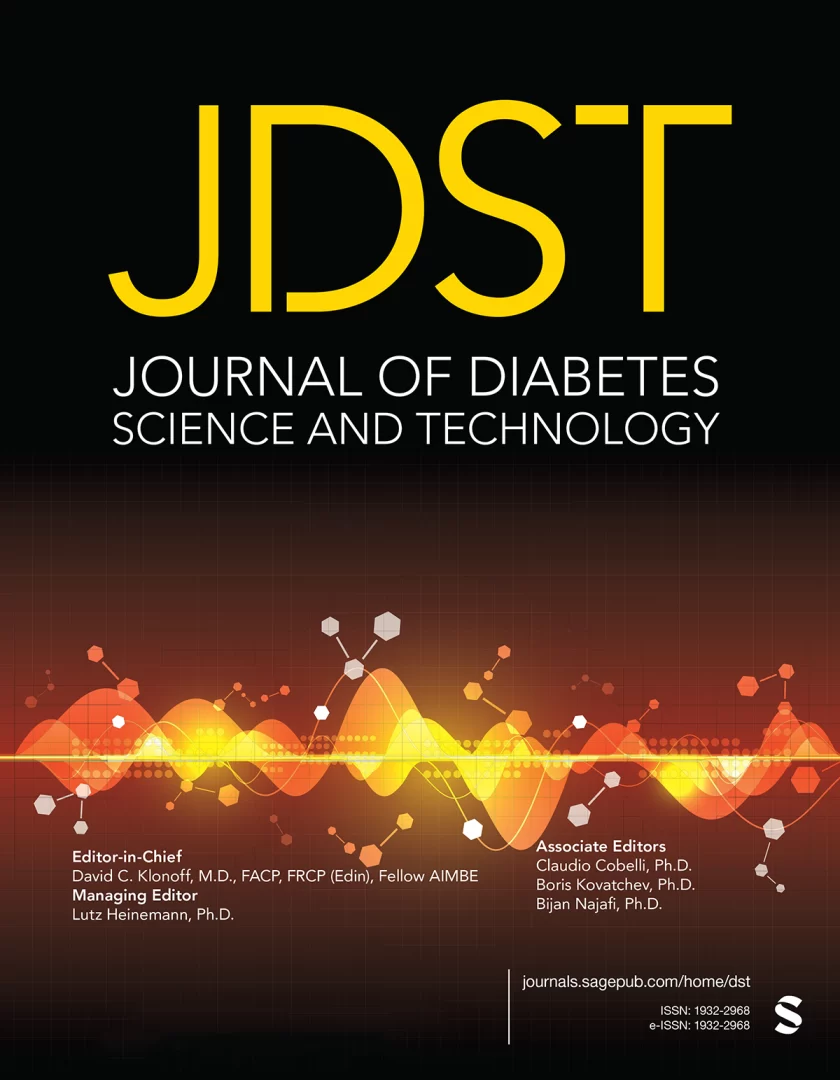Understanding Glycemia Risk in Diabetes

Original Article: https://www.healio.com/news/endocrinology/20231129/glycemia-risk-index-bests-time-in-range-in-assessing-hypoglycemia-for-adults-with-diabetes
Glycemia Risk Index (GRI)
The Glycemia Risk Index (GRI) is a new way to measure how much time people with diabetes spend in blood glucose levels which are above or below ideal. Having very low blood sugar levels is especially dangerous. A recent study compared GRI to the usual way of measuring time in range for people using continuous glucose monitors (CGMs). The results showed that when the time spent with low blood sugar levels (below range) went up, the GRI also increased, even if the overall time in range had improved. This is very important as focusing only on time in range might mean that risky low blood glucose levels might be underappreciated or even missed that GRI can show the risk of dangerous blood sugar levels better than just looking at time in range.
Study Details
Researchers collected CGM data from 194 adults with diabetes and assessed the relationship between GRI and time in range. The study showed that the GRI score increased when people spent more time with low blood sugar, even if their time in the safe range was higher. This was true for different groups of people with varying time in range.
GRI’s Importance and Application
This study suggests that GRI can highlight the risk of dangerous blood sugar levels beyond looking at the traditional time in range approach. GRI could be a more helpful tool for doctors caring for people with diabetes at risk of low blood glucose levels (hypoglycemia).

